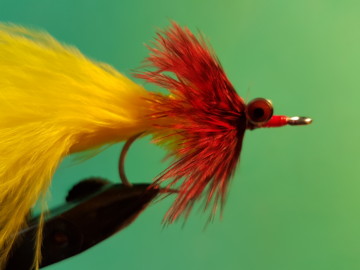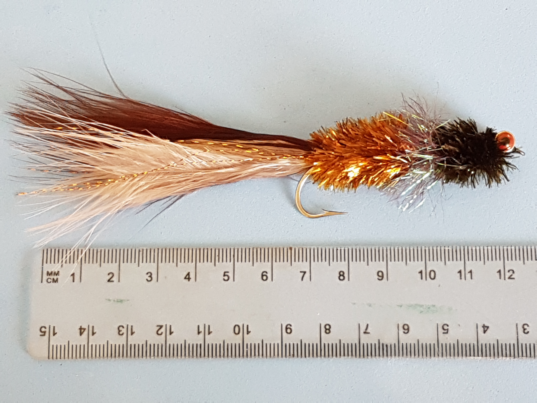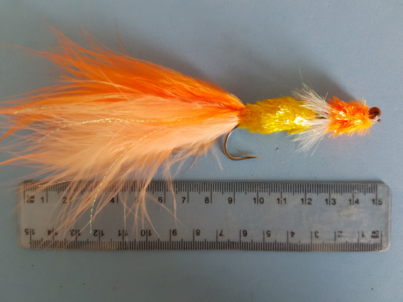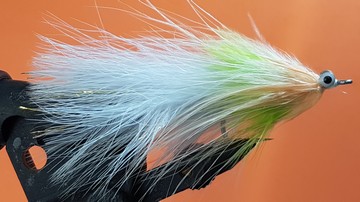Big fish flies – temperate & tropical destinations
{{start}}
We are lucky enough to be based in Gladstone Central Queensland which where the temperate waters of New South Wales and southern Queensland cross over with the tropical waters of the Capricorn Coast and other northern reaches of Australia.
{{end}}

{{+1}}Articulated swimmer – big fish #4/0 version{{-1}}
{{start}}
My articulated swimmer is one of my most successful prospecting fly for Central Queensland. This #4/0 version has caught everything from barra to bream with plenty of other species in between.{{end}}






































